
Same Day
Shipping for
Online Orders
Before 1pm
30 day
Money Back
Guarantee
Direct
Proven connectivity products for our retail customers for home, small office, marine, recreational
Access Points
With the evolution to cloud-based controllers, today the WiFi Access Point (AP) is the main, and often, sole component to building a WiFi network.
A WiFi Access Point’s primary function is to provide wireless connectivity over the 2.4 GHz and 5 GHz frequency bands. It provides connectivity by authenticating new users and scheduling when each user should send their data. In a home or small office environment with only one WiFi AP, it may also be a router, tasked with handing out IP addresses and deciding when to send data to the internet. In most larger networks however routing and switching tasks are best handled by a dedicated router, with the WiFi APs solely looking after sending and receiving data packets over the wireless medium.
Modern WiFi networks tend to use cloud-based controllers where practical. This deployment methodology eliminates the need for an expensive hardware on-premises wireless controller (WLC), suitable for those locations with a reliable internet connection.
The latest WiFi access points are WiFi-6 802.11ax which is often characterised by software-selectable multi-radio chipsets, 2D/3D beamforming, MU-MIMO antenna technology beyond 4T4R, and multi-gigabit data rates as fast as 10 Gbps.
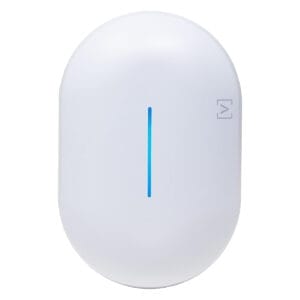
Alta Labs AP6 Enterprise Access Point, WiFi 6, 2×2, Cloud Managed
SKU: WIF-AT-00001

Alta Labs AP6 PRO Enterprise Access Point, WiFi 6, 4×4, Cloud Managed
SKU: WIF-AT-00002

Cambium Networks C024900C031A ePMP 1000: 2.4 GHz Integrated Radio
SKU: WIF-CB-00053
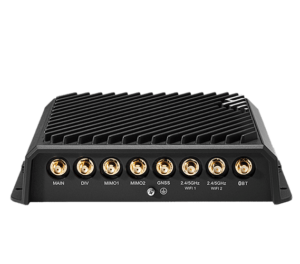

Ruijie Reyee RAP1261 Square Wall WiFi 6 Access Point + 1x LAN (PSU sold separately)
SKU: WIF-RY-00252
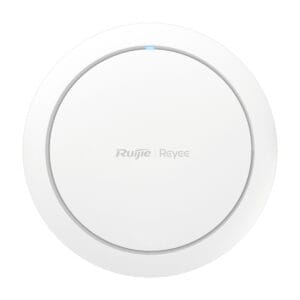
Ruijie Reyee RAP2266 AX3000 Circular Ceiling Mount WiFi 6 Access Point (PSU sold separately)
SKU: WIF-RY-00250
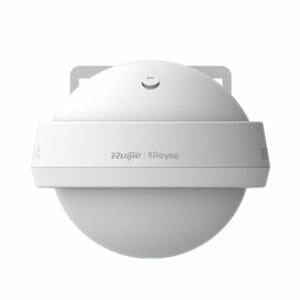
Ruijie Reyee RAP6262 Wi-Fi 6 Outdoor Omnidirectional Access Point (PSU sold separately)
SKU: WIF-RY-00214
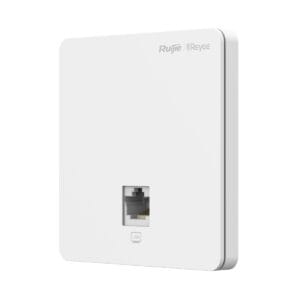
Ruijie Reyee RG-RAP1200(F) AC1300 Dual Band Wall Mount WiFi Access Point (PSU sold separately)
SKU: WIF-RY-00026
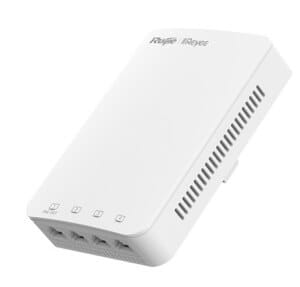
Ruijie Reyee RG-RAP1200(P) AC1300 Dual Band Wall Plate WiFi Access Point (PSU sold separately)
SKU: WIF-RY-00080
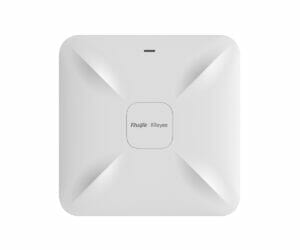
Ruijie Reyee RG-RAP2200(E) AC1300 Dual Band Ceiling Mount WiFi Access Point (PSU sold separately)
SKU: WIF-RY-00032

Ruijie Reyee RG-RAP2200(F) AC1300 Dual Band Ceiling Mount WiFi Access Point (PSU sold separately)
SKU: WIF-RY-00079
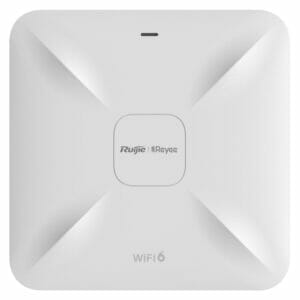
Ruijie Reyee RG-RAP2260 AX3000 Indoor Dual Band Wi-Fi 6 Ceiling Mount Access Point (PSU sold separately)
SKU: WIF-RY-00209
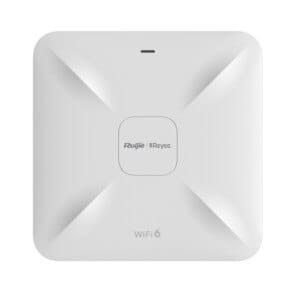
Ruijie Reyee RG-RAP2260(E) AX3200 WiFi 6 Ceiling Mount WiFi Access Point (PSU sold separately)
SKU: WIF-RY-00056
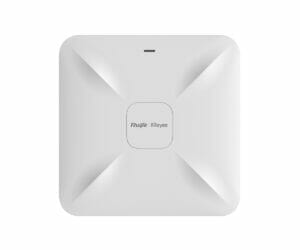
Ruijie Reyee RG-RAP2260(G) AX1800 WiFi 6 Ceiling Mount WiFi Access Point (PSU sold separately)
SKU: WIF-RY-00042
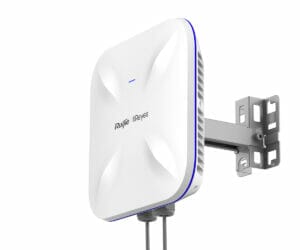
Ruijie Reyee RG-RAP6260(G) AX1800 WiFi 6 Outdoor WiFi Access Point (PSU sold separately)
SKU: WIF-RY-00057
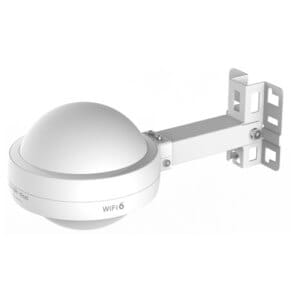
Ruijie Reyee RG-RAP6262(G) Wi-Fi 6 Outdoor Omnidirectional Access Point (PSU sold separately)
SKU: WIF-RY-00178
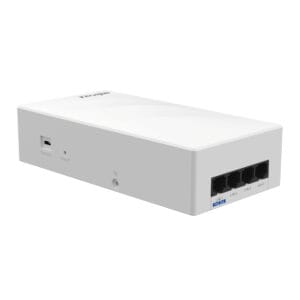
Ruijie RG-AP180-I Wi-Fi 6 Dual Radio 1775 Mbps Indoor Wall Plate Wireless Access Point (PSU sold separately)
SKU: WIF-RY-00253
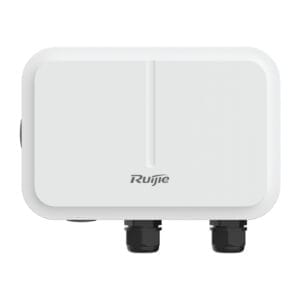
Ruijie RG-AP680-L Wi-Fi 6 Dual-Radio 2975 Mbps Outdoor Access Point (PSU sold separately)
SKU: WIF-RY-00254
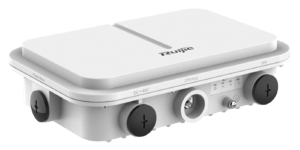
Ruijie RG-AP680(CD) Outdoor Dual-Band WiFi 6 Access Point (PSU sold separately)
SKU: WIF-RJ-00012
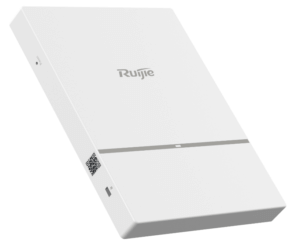
Ruijie RG-AP820-L(V2) Indoor WiFi 6 Dual-Band Access Point (PSU sold separately)
SKU: WIF-RJ-00003
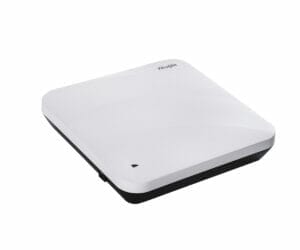
Ruijie RG-AP820-L(V3) WiFi 6 Ceiling/ Wall Mount WiFi Access Point (PSU sold separately)
SKU: WIF-RJ-00173
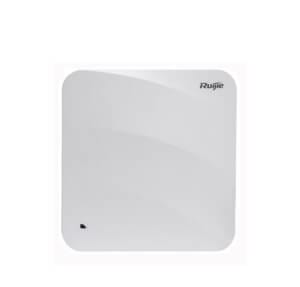
Ruijie RG-AP840-I Indoor High-Density Dual-Radio WiFi 6 Access Point (PSU sold separately)
SKU: WIF-RJ-00011

TP-Link EAP225 AC1200 Indoor/ Outdoor Wireless MU-MIMO Access Point
SKU: WIF-TP-00010
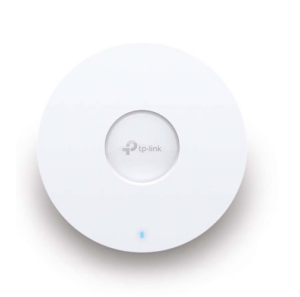
TP-Link EAP610 AX1800 Ceiling Mount WiFi 6 Access Point
SKU: WIF-TP-00011
- Shop Product
- Cellular Repeaters
- Modems & Routers
- Voice & SMS Gateways
- Wireless Networks
- IoT Automation
- Power and Solar
- Local Area Networking
- Antennas
- Cables
- RF Components
- Installation Hardware
- Starlink
- Support
- CEL-FI Product Finder
- Sale
- Wireless Networks
- Sale/Discounts
- Coming Soon
- Brands
- Alta Labs
- Huang Liang
- TP-Link
- ComAnt
- SEA.AI
- ZCG
- Robustel
- 2J
- Blackhawk Antennas
- Cambium Networks
- CEL-FI
- Cellferno
- CommScope
- Cradlepoint
- Digital Matter
- GME
- Hills Australia
- Huawei
- Huber+Suhner
- Laird Connectivity
- MARS Antennas
- Matrix Comsec
- Metrolinq
- myinsight.io
- Panorama Antennas
- Powertec Wireless Technology
- Poynting
- Pulse Larsen
- QUWireless
- Ruijie Reyee
- Ruijie Networks
- sendQuick
- Sierra Wireless
- Taoglas
- Teltonika
- Tycon Power
- Milesight/ Ursalink
- Victron Energy
- Login




